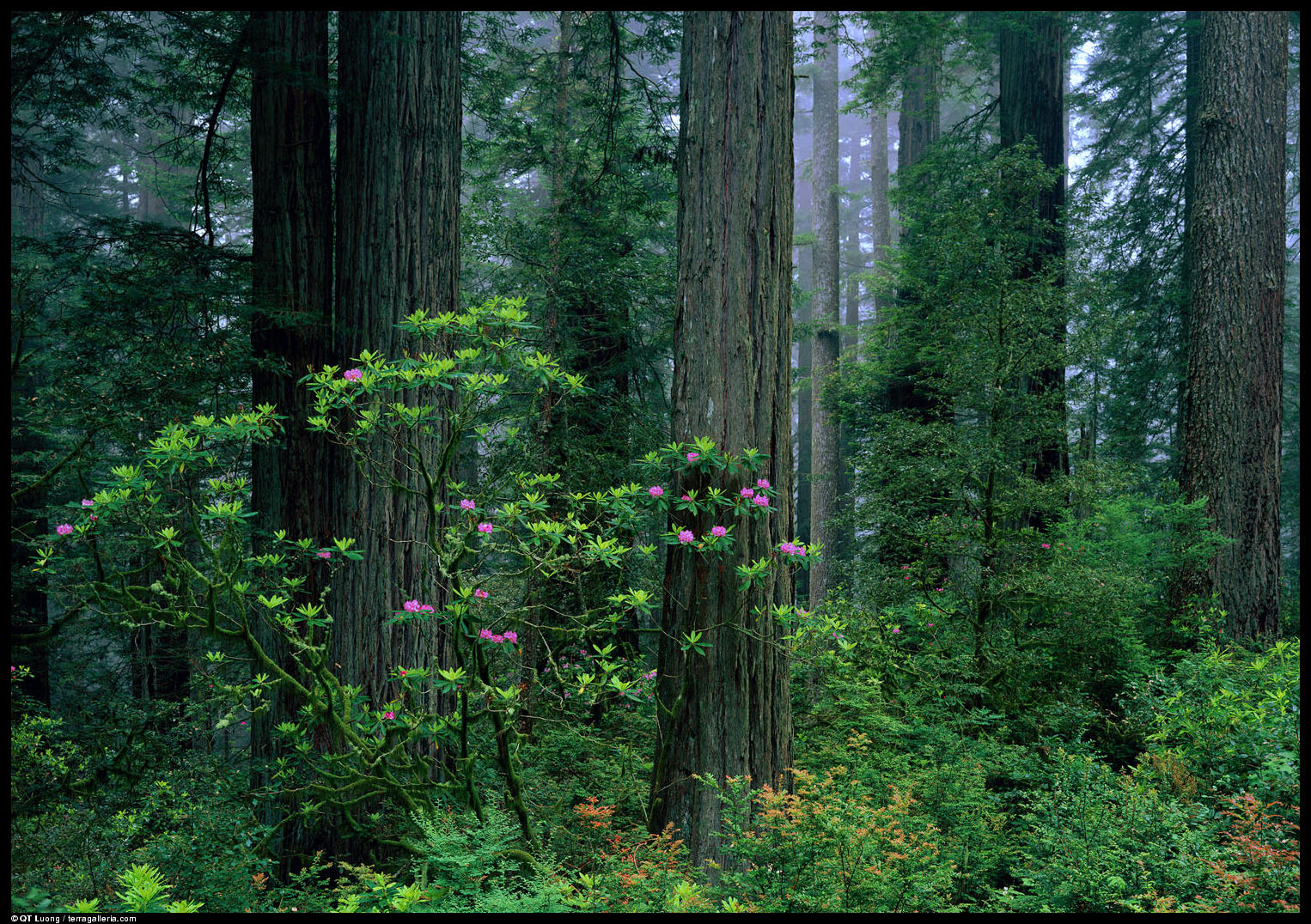
I would like to make this a typical addition here on Cascadia Rising. It's a chance for you, as well as me, to learn about all of the quirky and interesting regions within Cascadia. After all, the greatest part about this pseudo-nation is that it is in fact, made up of so many unique communities. Some people live on the open coast, pounded by the massive storms from the mighty Pacific, while others are surrounded by the lush rolling yellows of wheat fields. Still others live in a disconnected world of islands, where traveling is a constant challenge. The myriad outlooks give everyone a different perspective, and yet, we all share a fundamental mentality; we all love, live, and are a part of, the land and nature which surrounds us. We do not try and find ourselves in anachronistic philosophies and historical misgivings. Rather, we depend on our environment to mould and shape our identities. That, I believe, is the true spirit that gives Cascadia its solidarity.
That being said let's head South to Northern California and the Emerald Triangle...
The Emerald Triangle is made up of the three Californian counties of Mendicino, Trinity, and Humboldt. Tucked away between the Pacific Coast and the Redwood Forest, this quaint piece of land is a world unto itself. The two major highways connecting the area are narrow, winding, and underfunded, and I-5 barely breaches the eastern border of the Triangle.
The total land area is 10,260 sq. miles with a population of only 225,835. Most of this population is spread out in the woody hills that make up the area. The largest city, Eureka is only 26,128 and the second largest, Ukiah, is only 15,497.

All of these factors make the Emerald Triangle extremely conducive to one thing, growing marijuana. Every year billions and billions of dollars worth of marijuana are grown on the hills of the region making it the runaway leader of pot cultiviation in the US. But it makes sense. The area's varied geography and climate make it difficult to grow much else, while pot seems to flourish in the high hillside soil.
Although it is technically illegal, the dismal amount of government officers in the area make it impossible for any type of local action. In 1983 the government started the Campaign Against Marijuana Planting (CAMP) and has since been working, unsucessfully to try and eradicate the "problem". In 2005 CAMP managed to destroy 1.1 million plants but this $4 billion project did nothing to stop the supply and prices even went down significantly over the year. Even many conservatives agree that CAMP is simply, "an exercise in futility".
But that is not to say that people don't care, it just that the solution has been coming from the wrong direction. In the 1960's and 70's many people had small farms run by the alternative flower children of the day. But as prices have skyrocketed many people have gotten into the business stictly for the money. That means that more environmentally damaging practices are being used, like pesticide use and extensive deforestation. Many people believe that legalization could help stem environmental degradation by setting up laws and regulations, much like other businesses. Not to mention that the area stands to gain around $250 million worth of taxes a year from the industry; for the most economically iimpoverished area in California, this could be a lifesaver.
Many of the small towns in Northern California, such as Eureka, were founded in the mid-1800's and were mainly set up to exploit the vast timber and fish resources. Since then those industries have drastically declined leaving very little work for income. Perhaps legalization could help bring a much needed boost to the economy while regulation could protect the already endangered Redwoods. But who knows, the War on Drugs, despite its evident losses, shows little sign of slow-down.
Sources:
[USA Today]
[Wikipedia]
[3am Politics]
4 comments:
legalization of marijuana will only work if the corporations are not allowed to participate.
this place is really great ... I believe striking the attention of the description you give as much as generic viagra , it's really beautiful. the possibility of a vacations in The emerald triangle..?
Thanks a lot...
its happening again - check out the new map....
Nice article, but as with most who wrote about population of the larger towns and cities of this large, underpopulated area, there are a couple points that need clarification. First of all, the City of Eureka has about 10 unincorporated communities that border the city limits. Combining these with the city "proper" leads to a population of just under50,000 in the Greater Eureka area. But this was not an error, just a misunderstanding that Eureka is much larger than most people imagine because of this.
Secondly, the writer completely missed Arcata, which currently has a population that is over 1,000 people larger than Ukiah... and, generally, Arcata has been larger than Ukiah for a long time.
Also, of the nearly 250,000 people in the Emerald Triangle, some 80,000 live on our very close to Humboldt Bay, and over 100,000 live within 20 miles of the bay. This fact, had it been included, would have given the reader a better picture of how remote and sparsely populated the entire region is once you leave the Humboldt Bay Region. Around 140,000 people live away from that "urban" concentration, on nearly 10,000 sq miles of rugged, mostly forested lands.
Post a Comment